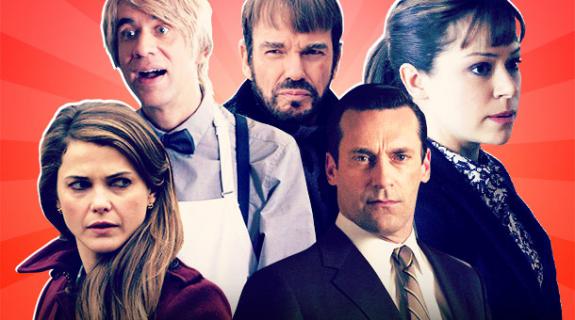According to the currency by which we’ve all been trained to understand television — next-day ratings —no one is watching. Or at least, very few of us.
But if you take a closer look, as Vulture’s Josef Adalian was so kind to do, you’ll see that the audience of many shows more than doubles once DVR (do we still need to spell this acronym out or do we all get it now?) watching is factored in.
Adalian provides many salient examples, starting with BBC’s critically adored but little watched “Orphan Black” (just renewed Wednesday for a third season), which boosts its audience by 123 percent once delayed viewing is factored in. Even then, the show’s audience is small, totaling just under 1.3 million viewers per episode. But the key fact is that more people watch the show via delayed version than they do live. This is the critical point that TV programmers, and more importantly, their advertisers, must get their arms around.
Adalian agrees with this, noting: “The shift from same-day viewing (especially live, same-day viewing) to DVR replays means more and more people are not seeing commercials. Yes, some people still watch ads even in shows they record; Nielsen actually measures ad viewership separately and provides that data to networks (but not to the press). Overall, these skyrocketing DVR numbers are not necessarily good news for commercially supported networks, no matter how positively they’re spun.”
Still, what the DVR numbers tell us is that television is far more popular than next-day numbers suggest, and being able to keep up with shows via delayed viewing is encouraging TV watching. That’s great news for TV as a whole.
Beyond “Orphan Black,” other shows are huge beneficiaries of the so-called DVR bump. FX’s “The Americans” jumps 104 percent in viewers when seven days of viewing are included, taking that show’s second-season audience from 1.34 million viewers in overnight numbers to 2.77 million viewers once live-plus-same-day viewing is added. FX in general is a big beneficiary of delayed viewing: “The Bridge,” “Sons of Anarchy,” “Archer” and “Fargo” all gain quite a bit over seven days.
Conversely, broadcast shows still tend to be watched on the night they air. According to Vulture: “ Among the Big Four networks, not a single show currently gets more viewers after premiere night.”
But that’s changing too, with ABC’s “Nashville,” CBS’ “Elementary” and NBC’s “The Blacklist” all gaining 70 percent and more among viewers under 50 via delayed viewing.
The holy grail remains driving viewers to live viewing, which is why AMC’s massive hit, “The Walking Dead,” is such an object of desire for so many programmers, and why NFL rights are so expensive. While it’s scary to see viewers watching TV in other ways and on other platforms, TV remains a pop-culture tour de force. It’s what people talk about at the dinner table and on social media. And wherever people gather, advertisers will follow. TV networks just have to figure out how best to take advantage of that.
Read more: Vulture
Image courtesy of Vulture.com.
Tags:













































__twocolumncontent.jpg)











